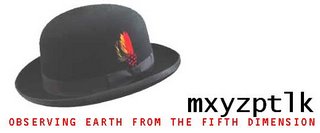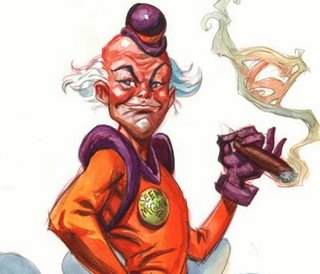Background:
Once upon a time in America, manufacturers could set a minimum price for their products. Most states passed "fair trade" laws making that practice illegal. Many manufacturers responded with Minimum Advertised Price (MAP) policies. While they couldn't control what their products were sold for, they could keep prices lower than MAP from being promoted. This became particularly important with the advent of the web. A Supreme Court ruling in 2007 restored to some degree the ability of manufacturers to set actual minimum sales prices.
Even in the days of fair trade, there was a gray market. I remember going with my father in the 1960s to a warehouse in the Bronx to buy a TV at less than fair trade price. It hadn't "fallen off a truck." Instead, a distributor had sold products to an under-the-radar dealer. There was no sign on the building. Word of mouth was their sole sales agent. The internet will make it even more difficult to police minimum pricing for some categories of products.
The problem with books:
It has been the practice of book chains, wholesale clubs and internet stores (most notably Amazon) for some years to heavily discount best-selling books. Books are one of the few products that actually have suggested retail prices printed right on the product, so it's easy to communicate the value proposition.
Although Amazon now realizes less than 50% of its revenue from books, it is still very much associated with books in the consumer's mind. WalMart is, with good reason, very concerned about Amazon and has decided to launch a price war using books. They are now selling a limited number of bestsellers for $8.99 -- more than a 60% discount -- and Amazon has responded by matching that price.
If you're a publisher, you might view this as a good thing. You'll sell a bunch more books. Here's the problem. This heavy discounting will eventually have the effect of resetting the perceived value of a hardcover book. Even if the publishers continue to make profits on these bestsellers, they can't survive on those alone. Anyhow, eventually John Grisham and Stephen King will stop producing new products. The publishers need to develop new voices to become the next bestsellers, as well as having a deep product line today.
This is not a concern to WalMart. They only carry bestsellers, and if books eventually fade away, there will be some other product category to exploit. Amazon does care about books, but has to date responded to competitive challenges by not being undersold no matter what.
Independent bookstores have had a hard time surviving (and hundreds have not) since Barnes & Noble and Borders expanded in the '90s. Amazon and other internet sellers just added to their pain. However, publishers count on independents to discover and hand-sell new authors, some of whom eventually make the big leagues. Already, many have given up making any money on bestsellers -- either they discount them to match the online stores, or they just don't sell many copies. Selling at a 40% discount, an independent store at least breaks even. They can't go much farther without losing money and unlike Amazon and WalMart they don't have other key product categories to make up for loss leaders.
It is in the publishers' interest to begin setting minimum prices, or at least minimum advertised prices, for books, at least for those by current bestselling authors. The unintended consequence of extreme discounting may bite them hard if they don't.
Monday, October 19, 2009
Mininum Pricing for Books
Subscribe to:
Post Comments (Atom)





No comments:
Post a Comment